Yiddish: Far From a Dying Language – Yiddish Posters Exhibition

30 Aug Yiddish: Far From a Dying Language – Yiddish Posters Exhibition
Posted at 09:21h in
Exhibition by NOA The Yiddish language played a pivotal role during a decisive historical moment, giving rise to the modern Jewish revolution. This shift profoundly reshaped Jewish life, influencing the conduct, learning, vocations, languages, and geography of the Jewish population within the broader scope of history.

Functioning as both spoken and written communication, Yiddish was embraced by most European Jews until its speakers’ tragic demise. The blossoming of Yiddish culture marked a pivotal phase in Israel’s pre-Holocaust narrative. This era, though brief from the late 1800s, witnessed the emergence of iconic Yiddish literature, theaters, journalism, and its role in Eastern European Jewish politics. Flourishing in autonomous hubs, a vibrant “folk” culture. Yet, the Holocaust’s onslaught obliterated Yiddish speakers and stifled cultural institutions under Soviet rule.
Contrary to despair Yiddish is far from a dying language; quite the contrary. Boasting about 1.5 million speakers globally, it radiates resilience. It portrays its users’ cultural vista, magnetizing a diverse audience—Jews and non-Jews—exploring Yiddish’s role in deciphering Jewish identity and nurturing cross-cultural empathy. Yiddish, a bridge builder, continues to thrive, perpetuating a legacy that bridges divides and enriches comprehension.


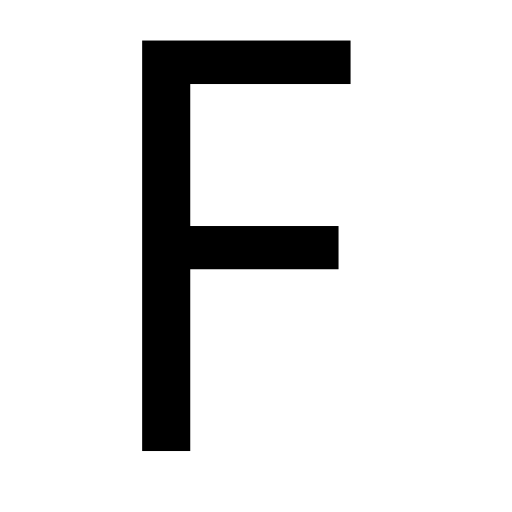

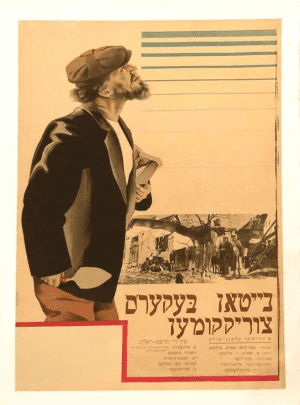


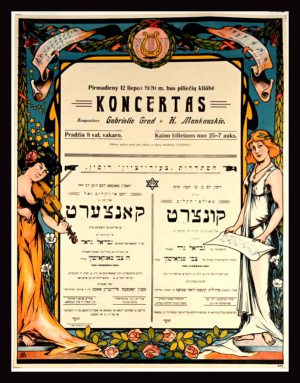
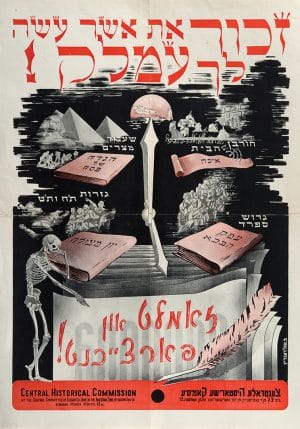
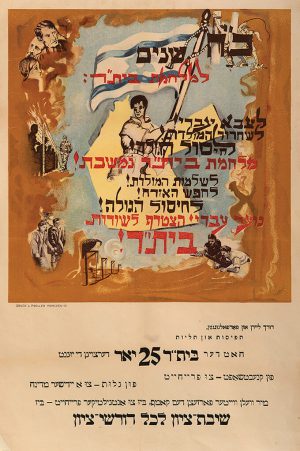
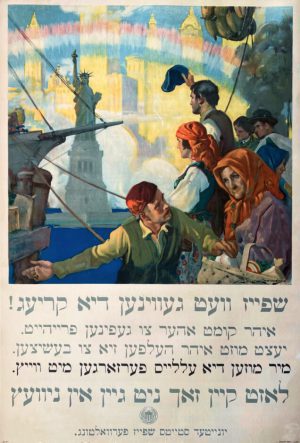

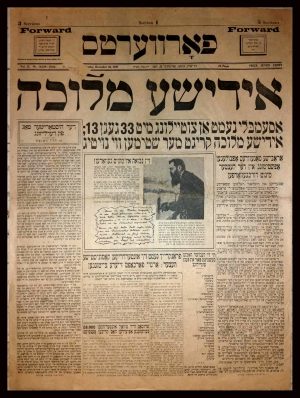
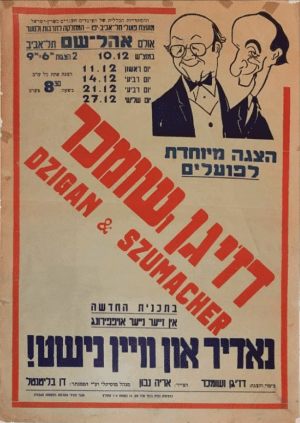
Sorry, the comment form is closed at this time.